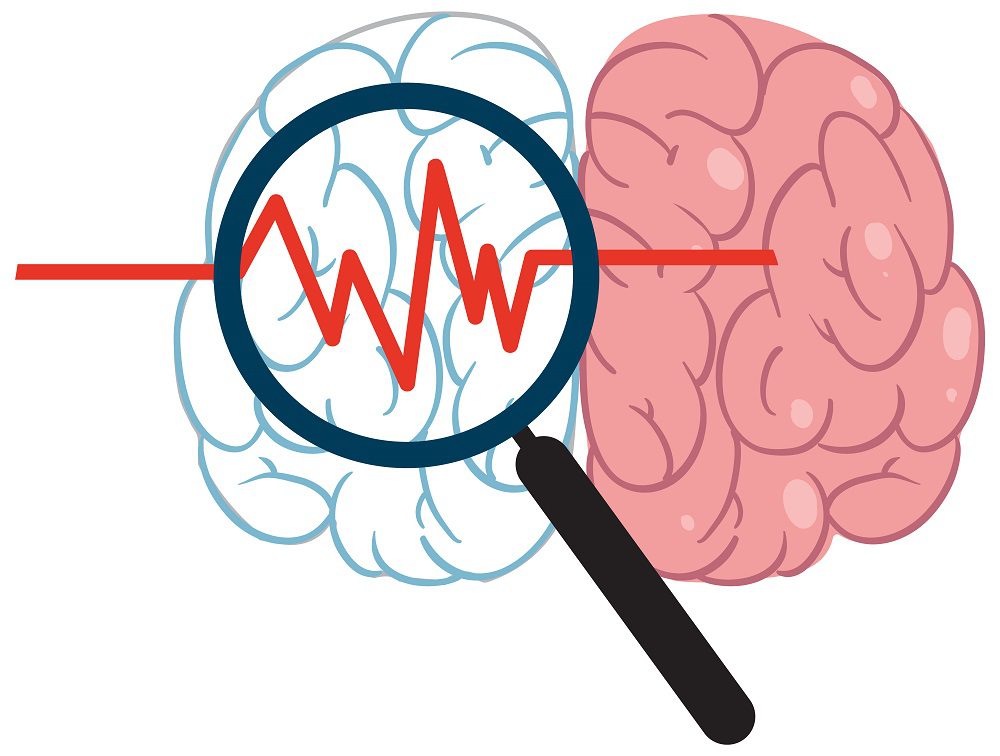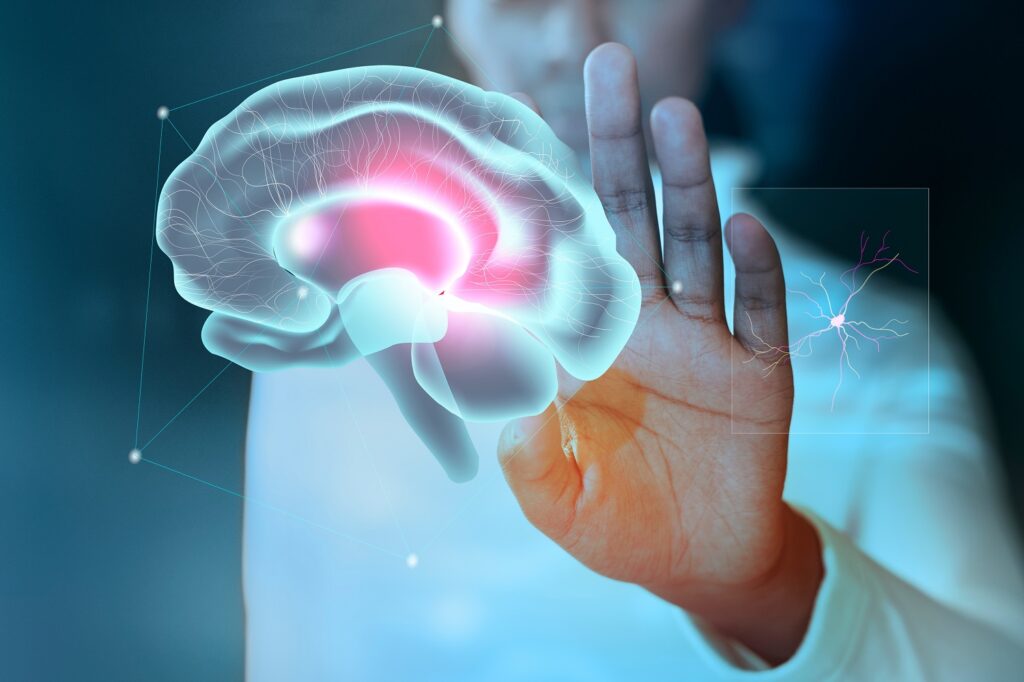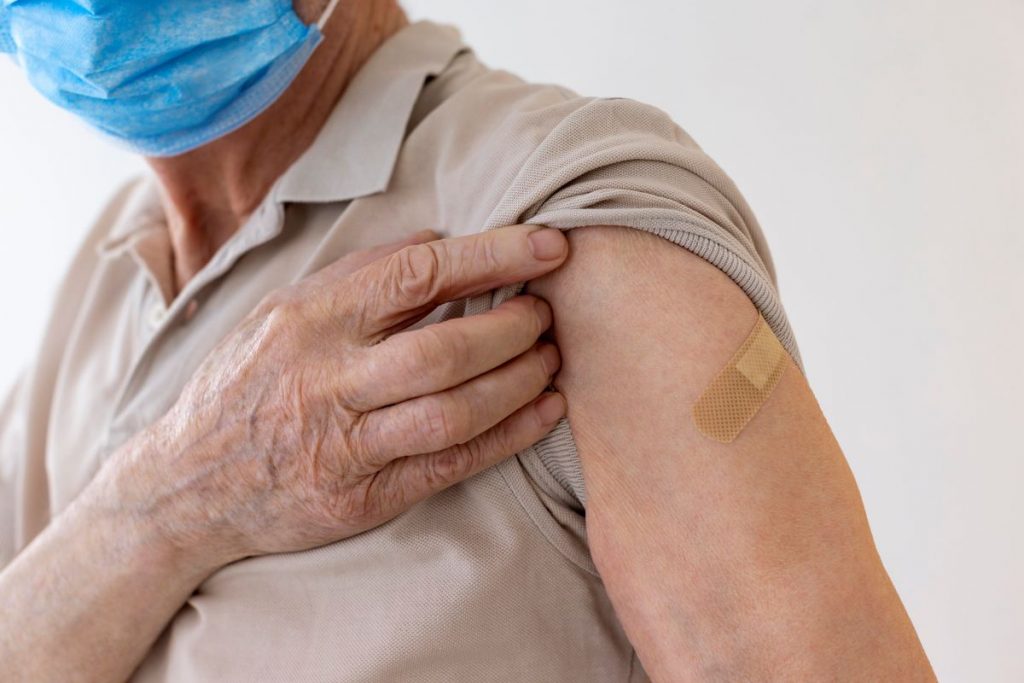Millions of traumatic brain injuries (TBIs) occur annually. TBIs generally result from falls, traffic accidents, and sports-related injuries, all of which involve rotational acceleration/deceleration of the brain. During a TBI, the brain undergoes both linear and rotational forces, compressing the tissue and damaging axonal connections. All of these harmful impacts can contribute to secondary brain ischemia, cellular death, and neuroinflammation that progress for weeks, or months, after injury.
While the linear effects of head trauma have been vastly modelled, less is known about how rotational injuries mediate neuronal damage following injury. A new model of repetitive rotational head trauma was developed in rodents and indicated acute and prolonged pathological, behavioural, and electrophysiological effects of rotational TBI (rTBI). Aberrant Cyclin-dependent Kinase 5 (Cdk5) activity as a principal mediator of rTBI was specified















